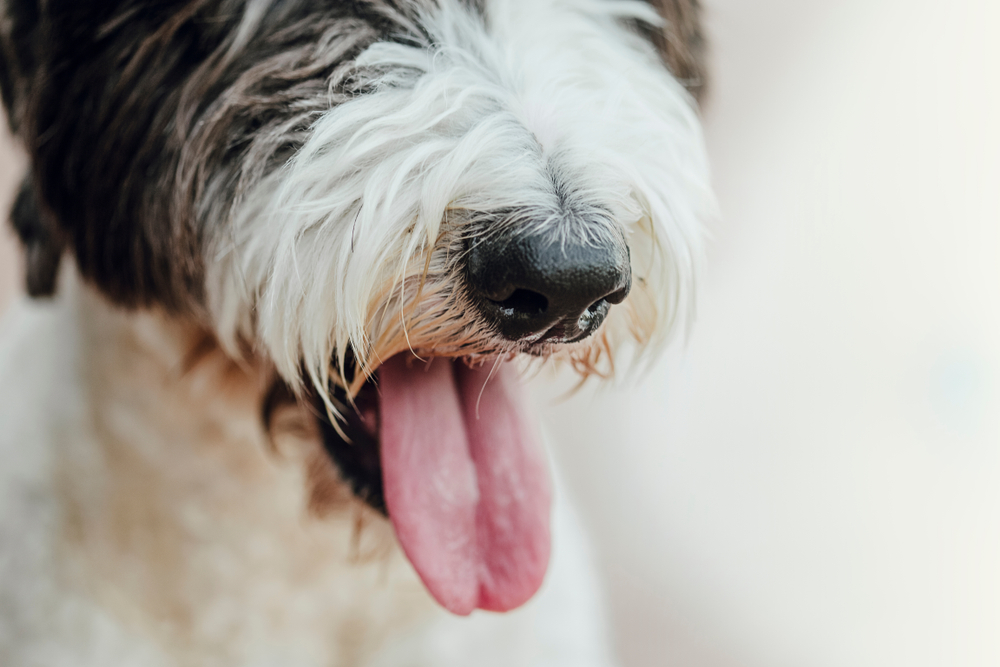Understanding Laryngeal Paralysis in Dogs

Laryngeal paralysis in dogs is a serious medical condition that affects the upper airway and obstructs breathing. This condition occurs mostly in dogs and is progressive, sometimes leading to death if not treated.
If your pet is diagnosed with the condition, it can be understandably concerning, but we are here to help. The team at Oakland Veterinary Referral Services is here to give you an overview of what laryngeal paralysis in dogs is, what to expect, and its treatment.
What Is Laryngeal Paralysis in Dogs?
The larynx, also known as the voice box, is in the throat. The cricoarytenoideous dorsalis (CAD) muscles are supposed to contract when there is a need for the opening of the airway. When these muscles are weak, they do not open the airway as they should when your pet needs to take a deep breath (exercise, stress, excitement).
What Causes This Condition?
Researchers have yet to pinpoint the exact cause of laryngeal paralysis in dogs. Canines who are geriatric/senior (over 9 years of age), have a higher incidence of the condition, as well as large and giant breeds.
A congenital form of laryngeal paralysis is another consideration in breeds, such as Dalmations, Bouviers, Siberian Huskies, and Bull Terriers. Male dogs are 2-4 times more likely to develop this condition than females. Sometimes other diseases coincide with laryngeal paralysis, such as cancer, hypothyroidism, and lung disease
Symptoms of Laryngeal Paralysis in Dogs
- Exercise intolerance
- Inspiratory respiration noise
- Changes to barking
- Gagging or coughing as if to “clear the throat”
- Heat intolerance
- Vomiting
- Collapse
Dogs with this condition are at greater risk of aspiration pneumonia, something dog owners should be aware of.
Diagnosis and Treatment
Diagnosing laryngeal paralysis in dogs relies on assessing clinical symptoms and examination, with a focus on the cardiopulmonary and neurological systems. Your doctor may also recommend radiographs and ultrasound. To get an exact diagnosis, it is best to evaluate laryngeal function under mild anesthesia.
Treatment of this disorder is based on its severity. In cases without breathing difficulties or exercise intolerance, a dog may only need lifestyle changes, such as weight reduction, switching from a collar to a harness, and stress management. Your doctor can manage your pet’s anxiety and stress through the use of mild sedatives, when necessary.
Surgery for this condition will never correct the larynx to its full proper function. The most frequently performed surgery is the arytenoid tie-back/lateralization. This involves stitching using permanent sutures to keep the airway open. Unfortunately, this comes with risks of aspiration during eating and/or drinking, despite the fact that it allows for unhindered breathing.
With the right changes to lifestyle, the prognosis for those dogs with mild cases are good. Those who require surgery can also fare well as long as we manage the risks of aspiration pneumonia. Most dogs with progressive laryngeal paralysis will not be tolerant of exercise and should never be left outdoors or in the car when it is hot. They will also experience stridor, a harsh or gargled sound while breathing.
If you would like more information on laryngeal paralysis in dogs, or would like to schedule an appointment, please contact us.


